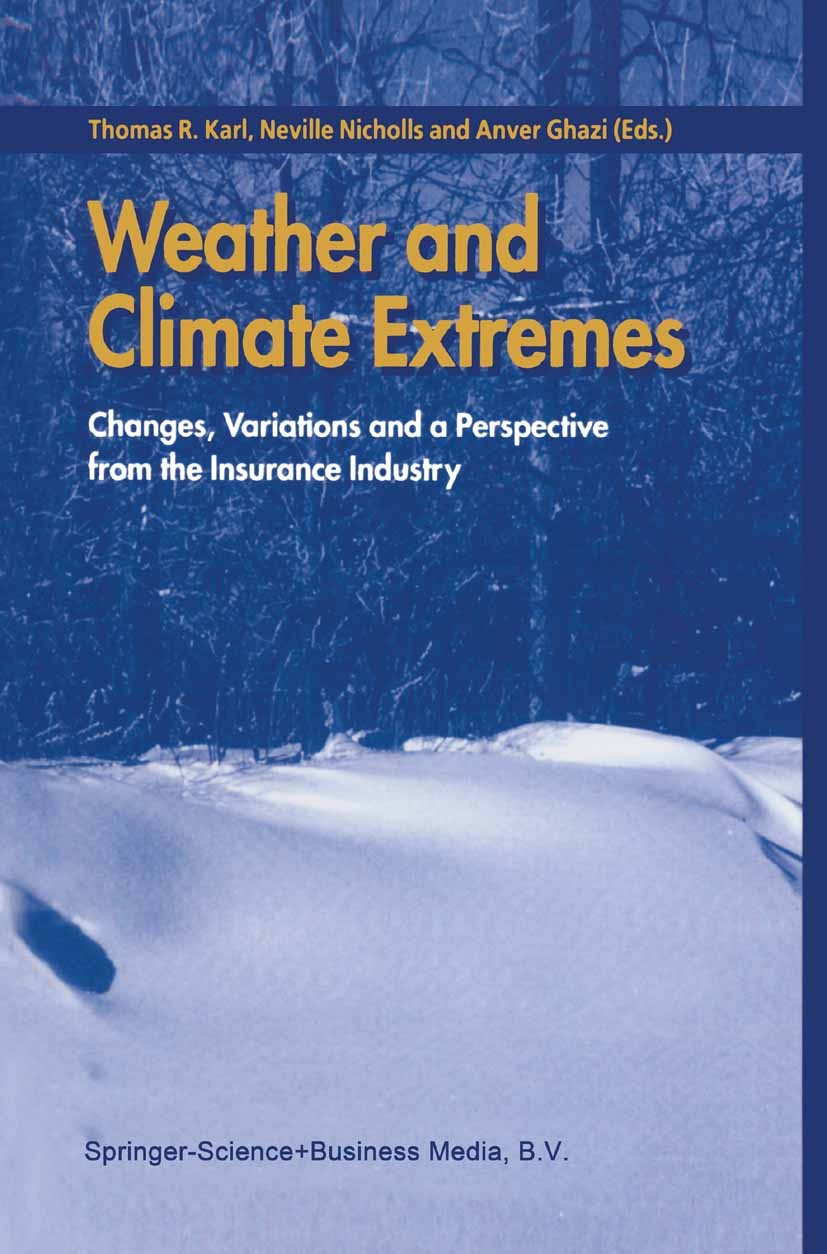Multi-task feature transfer deep learning-based tropical cyclone center estimation (MFT–TC) using geostationary satellite observations
IF 6.9
1区 地球科学
Q1 METEOROLOGY & ATMOSPHERIC SCIENCES
引用次数: 0
Abstract
Accurate and rapid tropical cyclone (TC) monitoring is crucial for precise forecasting and appropriate response to mitigate socio-economic damages. Geostationary satellite-based observations are the only tools that allow continuous monitoring of TCs throughout their entire lifetime, from formation to dissipation. However, owing to the diversity of TC structures, the automatic extraction of TC information using geostationary satellite-based cloud-top observations is still challenging. To address this limitation, several deep-learning-based approaches for extracting TC information have been developed. Here, we propose a novel deep learning-based TC center estimation approach using real-time geostationary satellite observations. To reduce computational costs while capturing both the entire TC structure and high-resolution spiral patterns, we propose a multi-task feature transfer deep learning-based TC center estimation (MFT–TC). This model effectively considers both the entire spiral band and focuses on specific local characteristics of TC while maintaining high computing efficiency, reducing computing costs by 47 %). Compared to the conventional single-CNN-based TC center determination model, which has been widely used in previous studies, the proposed model achieved significant improvements, with skill score increases ranging from 12 % to 39 %. Additionally, since there are significant structural differences between TCs with and without an eye, MFT–TC was evaluated under two different schemes based on the training sets: scheme 1, which uses separate training datasets depending on whether the TC has an eye (MFT–TC-div) and scheme 2, which uses all TC cases combined (MFT–TC-whl). Evaluation results showed scheme 1-based MFT–TC achieved a 14.8 % improvement over scheme 2-based MFT–TC, suggesting that separating training samples based on TC eye presence enhances the accuracy of TC center estimation. Furthermore, using the explainable artificial intelligence (XAI) approach, we demonstrated that MFT–TC efficiently captures both overall cyclonic structures and center-specific spatial characteristics to estimate the TC center accurately.
基于多任务特征转移深度学习的地球同步卫星热带气旋中心估计
准确和快速的热带气旋监测对于精确预报和适当应对以减轻社会经济损害至关重要。基于地球静止卫星的观测是唯一能够在tc的整个生命周期(从形成到消散)持续监测它们的工具。然而,由于温度结构的多样性,利用静止卫星云顶观测自动提取温度信息仍然是一个挑战。为了解决这一限制,已经开发了几种基于深度学习的方法来提取TC信息。在这里,我们提出了一种基于深度学习的TC中心估计方法,该方法使用实时地球静止卫星观测。为了降低计算成本,同时捕获整个TC结构和高分辨率螺旋模式,我们提出了一种基于多任务特征转移深度学习的TC中心估计(MFT-TC)。该模型既有效地考虑了整个螺旋带,又关注TC的特定局部特征,同时保持了较高的计算效率,计算成本降低了47%)。与以往研究中广泛使用的传统的基于单一cnn的TC中心确定模型相比,本文提出的模型取得了显著的改进,技能得分提高幅度在12% - 39%之间。此外,由于有眼睛和没有眼睛的TC之间存在显著的结构差异,MFT-TC在基于训练集的两种不同方案下进行评估:方案1根据TC是否有眼睛使用单独的训练数据集(MFT-TC -div),方案2使用所有TC情况的组合(MFT-TC -whl)。评价结果表明,基于方案1的MFT-TC比基于方案2的MFT-TC提高了14.8%,表明基于TC眼在场的训练样本分离提高了TC中心估计的准确性。此外,利用可解释人工智能(XAI)方法,我们证明了MFT-TC有效地捕获了整体气旋结构和中心特定的空间特征,以准确估计TC中心。
本文章由计算机程序翻译,如有差异,请以英文原文为准。
求助全文
约1分钟内获得全文
求助全文
来源期刊

Weather and Climate Extremes
Earth and Planetary Sciences-Atmospheric Science
CiteScore
11.00
自引率
7.50%
发文量
102
审稿时长
33 weeks
期刊介绍:
Weather and Climate Extremes
Target Audience:
Academics
Decision makers
International development agencies
Non-governmental organizations (NGOs)
Civil society
Focus Areas:
Research in weather and climate extremes
Monitoring and early warning systems
Assessment of vulnerability and impacts
Developing and implementing intervention policies
Effective risk management and adaptation practices
Engagement of local communities in adopting coping strategies
Information and communication strategies tailored to local and regional needs and circumstances
 求助内容:
求助内容: 应助结果提醒方式:
应助结果提醒方式:


